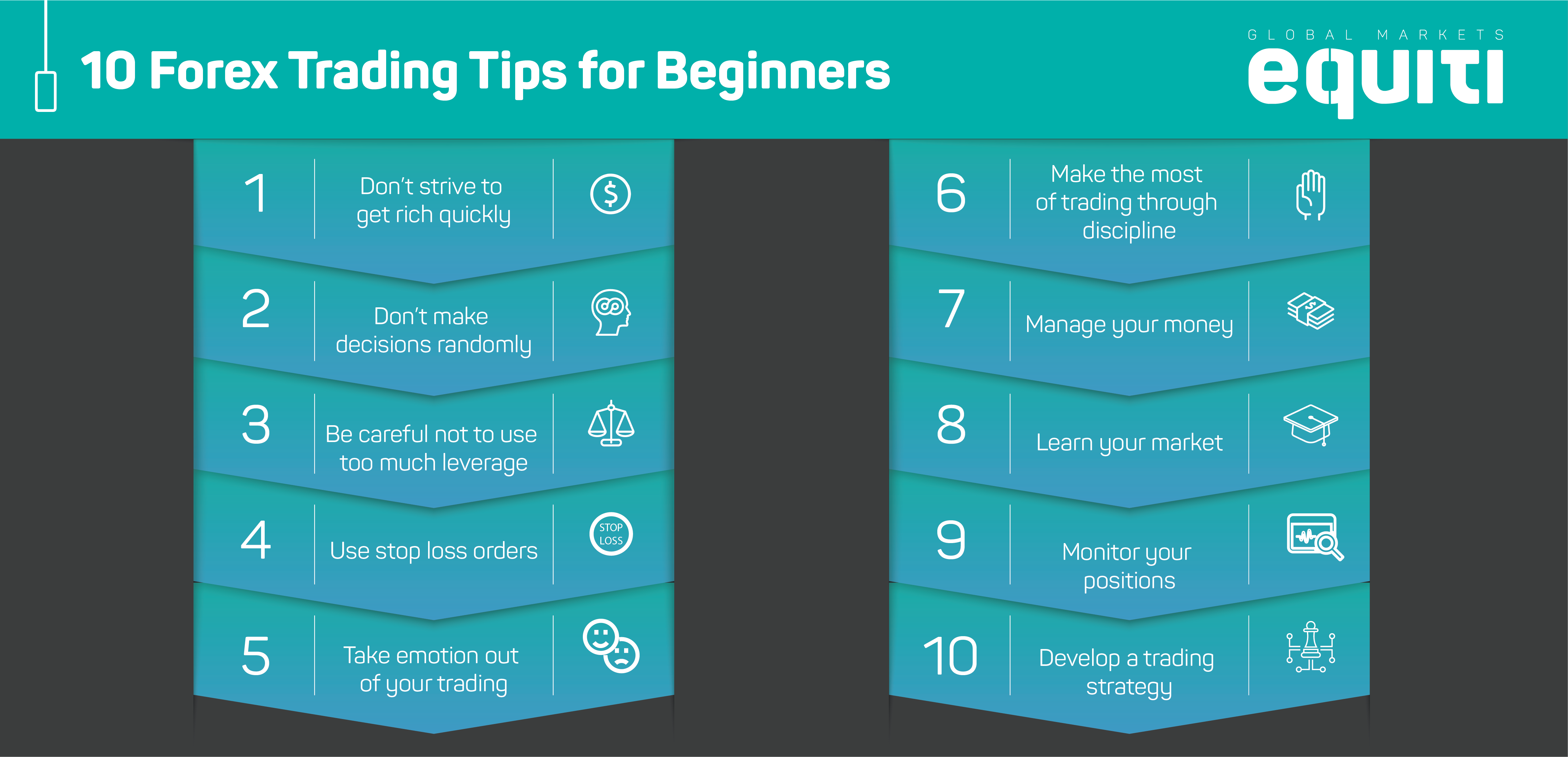Introduction

Image: www.stockradar.in
The world of options trading can be alluring, promising the potential for substantial gains. Yet, it’s a realm fraught with complexities, and every trader must understand the intricacies involved to maximize their chances of success. This comprehensive guide will delve into the essential factors to consider when embarking on your options trading journey, empowering you with the knowledge to navigate the market with confidence.
Understanding Options: A Foundation
At its core, an option is a contract that grants the holder the right, but not the obligation, to buy or sell an underlying asset (such as a stock or commodity) at a predetermined price (the strike price) on or before a specified date (the expiration date). Recognizing this distinction is paramount to comprehending the nuances of options trading.
Assessing Market Conditions and Trends
Before venturing into the market, discerning traders take time to gauge market conditions. This involves examining indicators such as economic data, interest rate movements, and industry trends. Analyzing past performance and identifying potential market catalysts can provide valuable insights into the direction of the underlying asset, influencing your trading decisions.
Choosing the Right Options Strategy
The options market offers a diverse array of strategies, each tailored to specific market dynamics and risk profiles. From bullish calls to bearish puts, from writing covered calls to implementing sophisticated spread trades, the choice of strategy depends on your market outlook and appetite for risk. A thorough understanding of each strategy’s mechanics and potential rewards is essential for prudent trading.
Evaluating Options Metrics: Volatility, Liquidity, and Time to Expiration
Volatility, liquidity, and time to expiration are crucial parameters to consider when purchasing or selling options. Volatility measures the underlying asset’s price fluctuations, and its level influences option prices. Liquidity represents the availability of buyers and sellers in the market, ensuring smooth execution of trades. Time to expiration dictates the duration of the option contract, impacting its premium pricing.
Understanding Option Premiums: Intrinsic and Time Value
Options have both intrinsic and time value. Intrinsic value is the difference between the current market price of the underlying asset and the strike price, reflecting the potential profit if exercised immediately. Time value, on the other hand, represents the premium paid for the option’s remaining time until expiration. Comprehending the interplay of these values is pivotal for calculating potential gains and losses.
Managing Risk Exposure: Stop-Loss Orders and Position Sizing
Managing risk is a paramount aspect of options trading. Stop-loss orders can automatically sell your options when the market moves against you, mitigating potential losses. Additionally, prudent position sizing ensures that your trades align with your risk tolerance and financial capacity. Never invest more than you’re willing to lose, and diversify your portfolio to spread risk across multiple assets.
Leveraging Trading Technology: Platforms and Tools
In today’s digital age, a myriad of trading platforms and tools offer valuable assistance to options traders. These platforms provide real-time data, charting capabilities, option calculators, and sophisticated order execution systems. Harnessing the power of technology can enhance your decision-making and enable effective trade management.
Seeking Professional Guidance: Brokers and Advisors
Navigating the nuances of options trading can be challenging. Consider seeking professional guidance from reputable brokers or financial advisors. They can provide personalized recommendations, help you tailor strategies to your unique needs, and assist with risk management. Their expertise can be invaluable, especially for novice traders looking to establish a solid foundation.
Conclusion
Trading options, while potentially rewarding, requires meticulous preparation and a comprehensive understanding of market dynamics and trading strategies. By considering the factors outlined in this guide, you can increase your odds of success and minimize risk exposure. Remember, knowledge is the ultimate investment, empowering you to make well-informed decisions and confidently pursue your trading goals.

Image: www.projectfinance.com
Things To Look For When Trading Options

Image: www1.equiti.com






